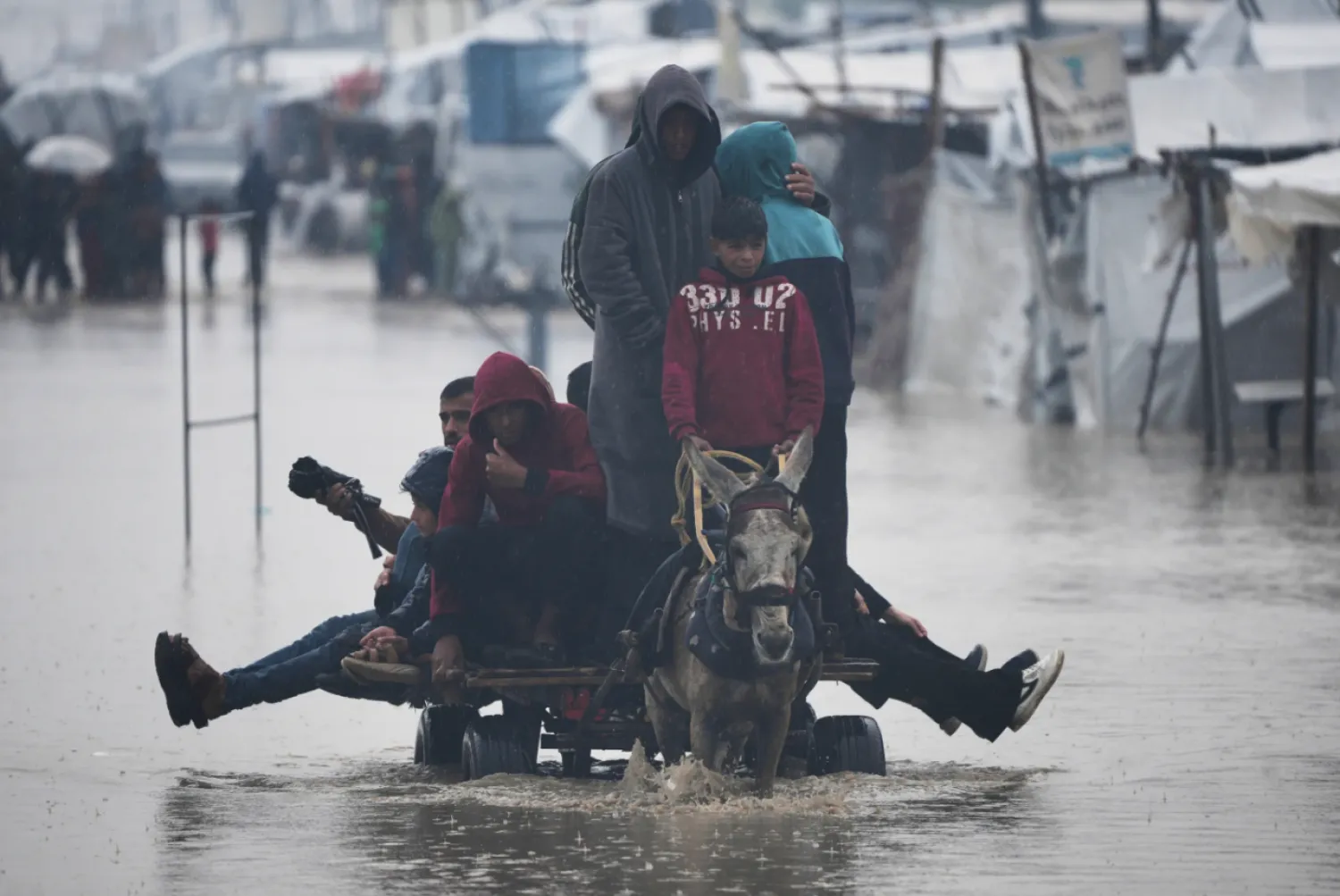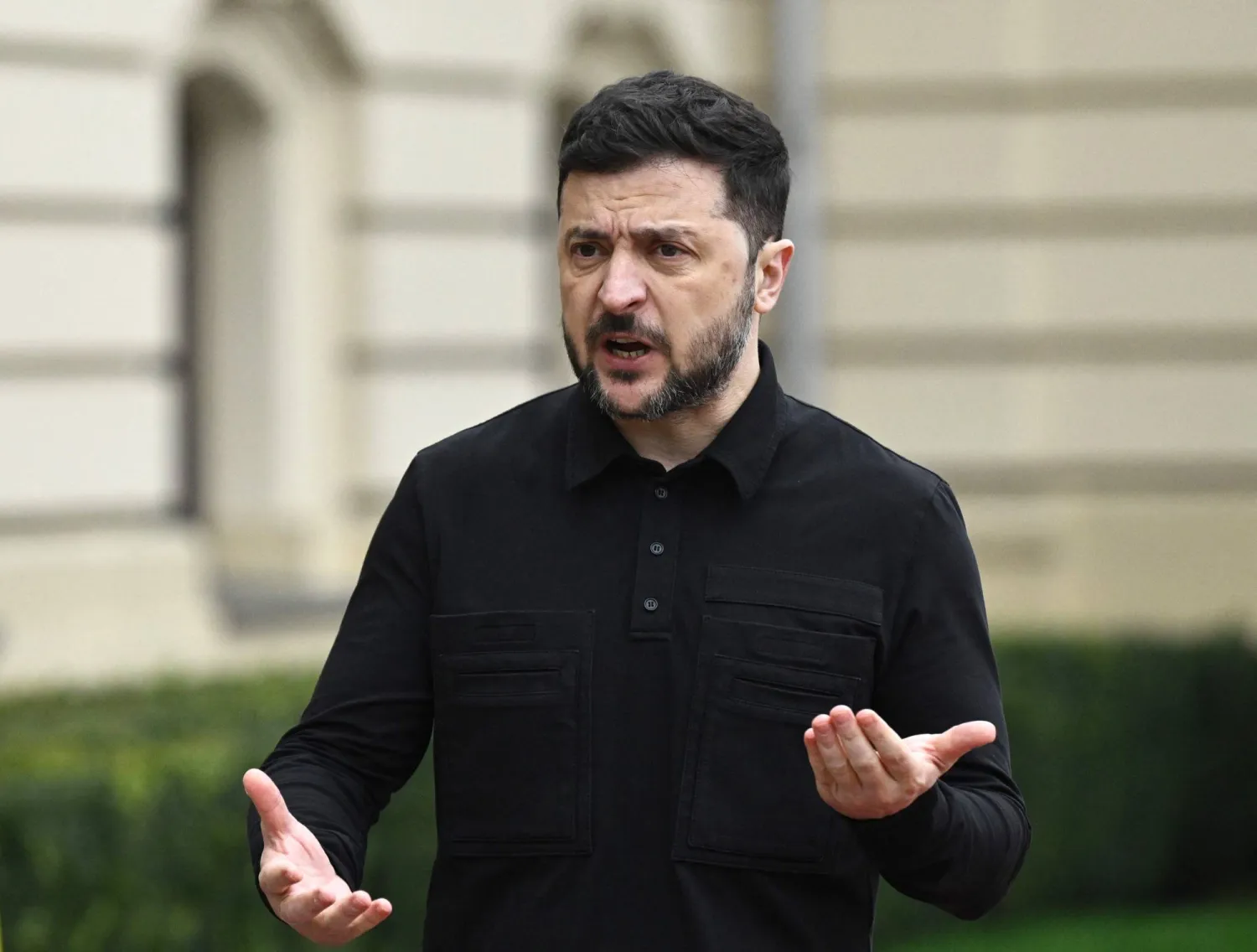A surprise attack by Hamas on Israel, which combined gunmen breaching security barriers with a barrage of rockets fired from Gaza, was launched at dawn on Saturday during the Jewish high holiday of Simchat Torah.
The attack came 50 years and a day after Egyptian and Syrian forces launched an assault during the Jewish holiday of Yom Kippur in an effort to retrieve territory Israel had taken during a brief conflict in 1967.
This is how it took place:
COVERING ROCKET BARRAGE
At about 6.30 a.m. (0430 GMT) Hamas fired a huge barrage of rockets across southern Israel, with sirens heard as far away as Tel Aviv and Beersheba.
Hamas said it had fired 5,000 rockets in a first barrage. Israel's military said 2,500 rockets were fired.
Smoke billowed over residential Israeli areas and people sheltered behind buildings as sirens sounded overhead. At least one woman was reported killed by the rockets.
DAWN INFILTRATION
The barrage served as cover for an unprecedented multi-pronged infiltration of fighters, with the Israeli military saying at 7.40 a.m. (0540 GMT) that Palestinian gunmen had crossed into Israel.
Most fighters crossed through breaches in land security barriers separating Gaza and Israel. But at least one was filmed crossing on a powered parachute while a motorboat was filmed heading to Zikim, an Israeli coastal town and military base.
Videos issued by Hamas showed fighters breaching the security fences, with the dim light and low sun suggesting it was at around the time of the rocket barrage.
One video showed at least six motorbikes with fighters crossing through a hole in a metal security barrier.
A photograph released by Hamas showed a bulldozer tearing down a section of security fence.
FIGHTING AT ISRAELI MILITARY BASES
Israel's military said at 10 a.m. that Palestinian fighters had penetrated at least three military installations around the frontier - the Erez border crossing, the Zikim base and the Gaza division headquarters at Reim. It said fighting at Erez and Zikim continued.
Hamas videos showed fighters running towards a burning building near a high concrete wall with a watchtower and fighters apparently overrunning part of an Israeli military facility and shooting from behind a wall.
Several captured Israeli military vehicles were later pictured being driven into Gaza and paraded there.
BORDER TOWN RAIDS
Fighters raided the Israeli border town of Sderot and were reported to be in another border community, Be'eri, and the town of Ofakim 30km (20 miles) east of Gaza, according to Israeli media citing phone calls from residents.
A video verified by Reuters showed several gunmen riding the back of a white pickup truck moving through Sderot.
Many residents of southern Israeli towns have fortified areas in their homes that function as bomb shelters and on Saturday they were using them as panic rooms.
Israel's military ordered residents to shelter inside, saying on the radio "we will reach you".
By mid-morning Israel's police chief Yaacov Shabtai said forces were engaging gunmen in 21 locations and at 1.30 p.m. the military said troops were still working to clear communities that had been overrun by gunmen.
CASUALTIES
A Reuters photographer saw bodies on the streets of Sderot. Israeli news media have reported at least 100 Israelis killed and 800 wounded.
Hamas videos and unverified images circulating on social media showed dead civilians, Israeli soldiers and Palestinian fighters.
Israel's Foreign Ministry said Hamas gunmen had gone house-to-house killing civilians.
TAKING CAPTIVES
Israeli media has reported that gunmen have seized hostages in Ofakim. Islamic Jihad said it was holding several Israeli soldiers captive and Hamas social media accounts showed footage of appearing to show captives being taken alive into Gaza.
One video showed three young men in vests, shorts and slippers being marched through a security installation with Hebrew writing on the wall. Other videos showed female captives.
Another showed fighters dragging at least two Israeli soldiers from a military vehicle.
ISRAELI STRIKES
At 9.45 a.m. blasts were heard in central Gaza and Gaza city and at 10.00 a.m. Israel's military spokesperson said the airforce was carrying out strikes in Gaza. Medics in Gaza said dozens of people were killed in the strikes.









